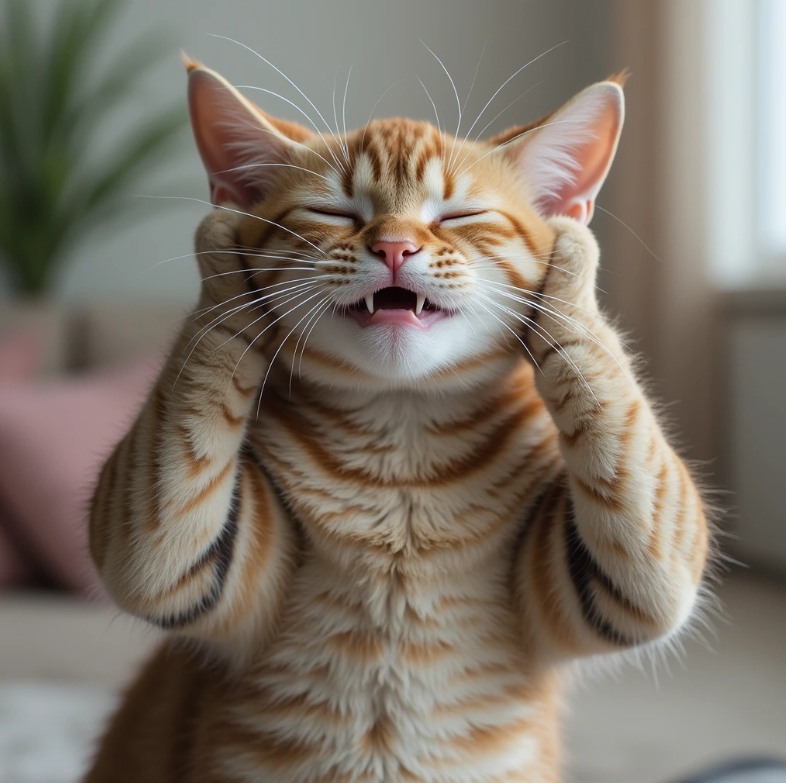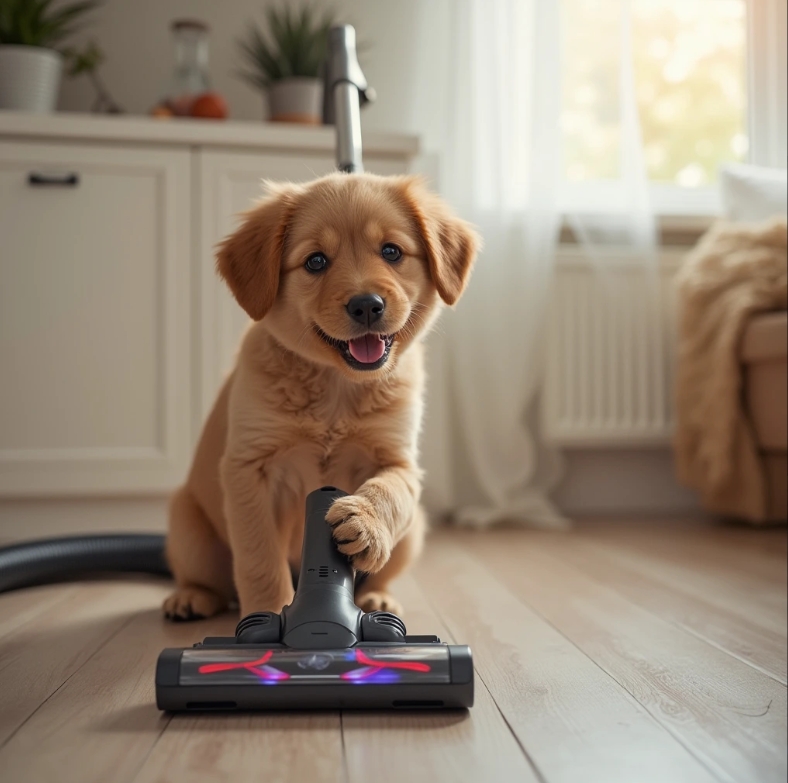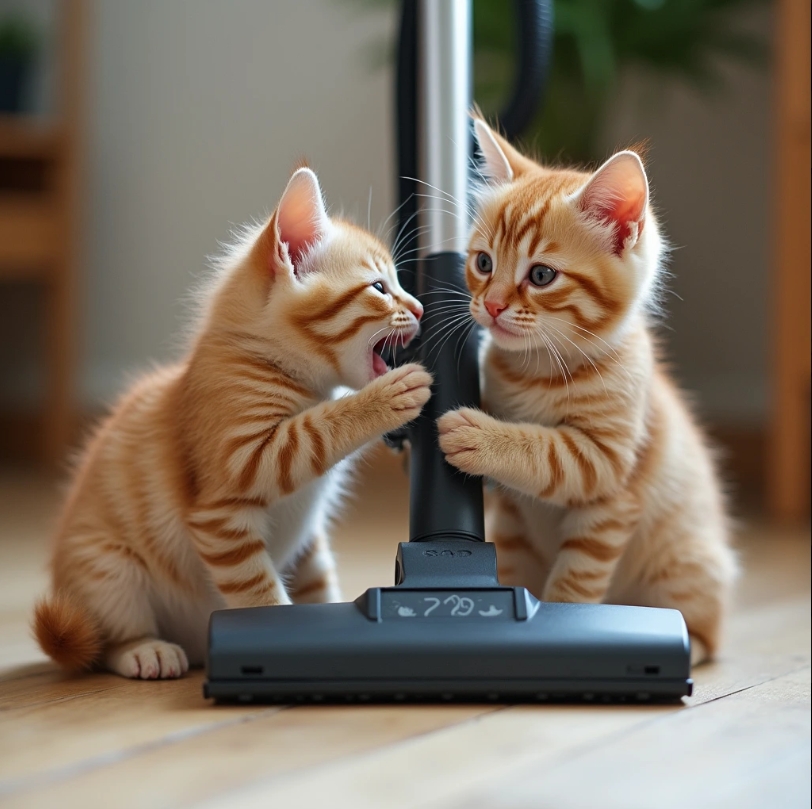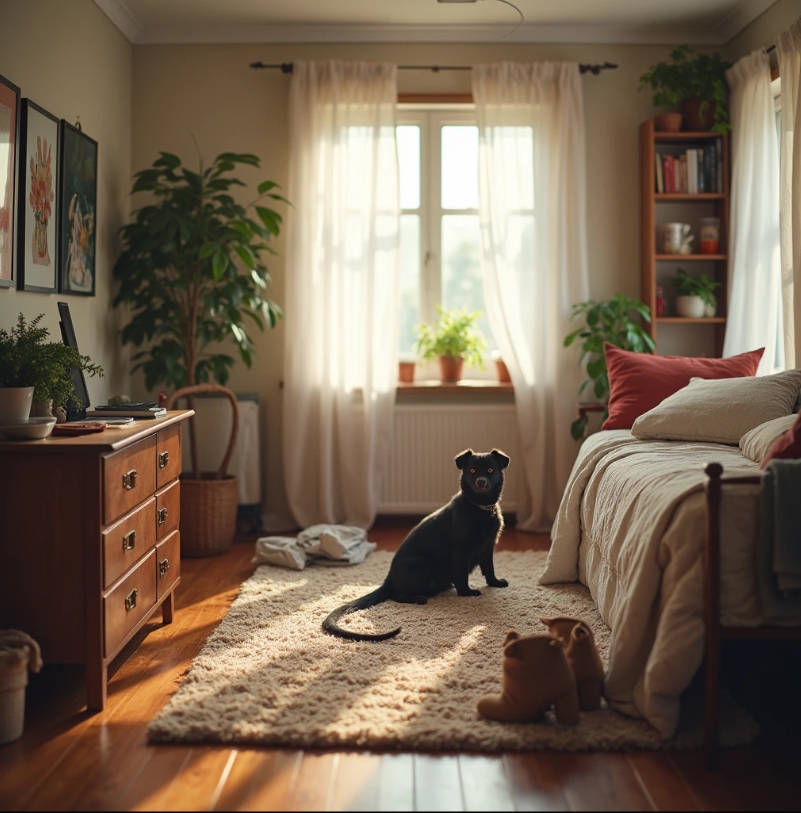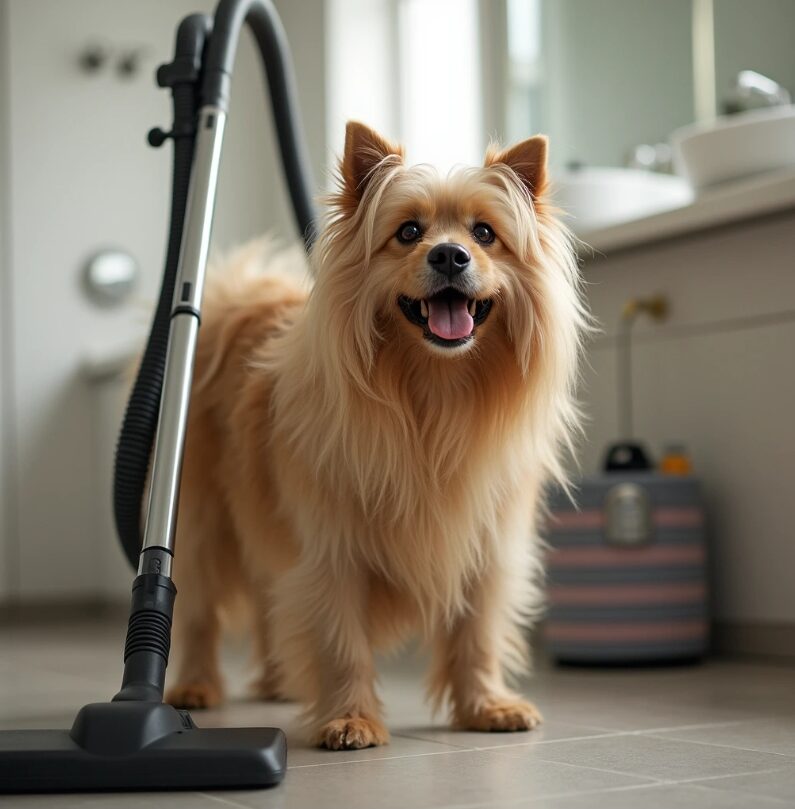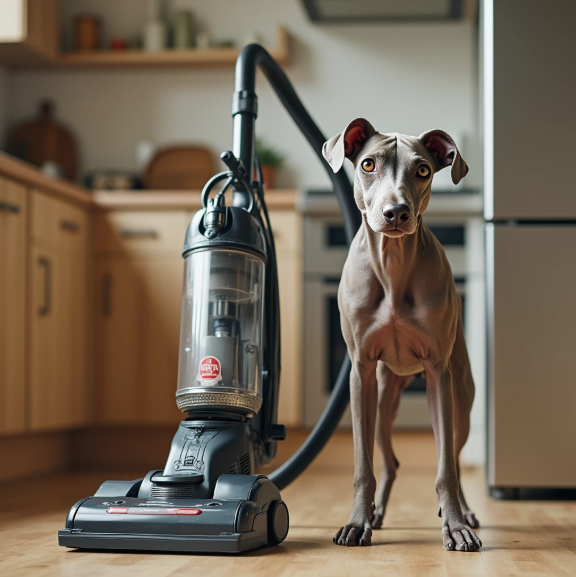Vacuuming is a common household chore, but if you have pets like dogs and cats, you may wonder whether the noise and the process itself could affect them. Many pet owners worry about the potential dangers or stress that vacuums can cause to their furry companions. In this guide, we’ll explore whether vacuum cleaners are harmful to pets, and tips for safely using vacuums around your pets.
The Impact of Vacuum Cleaners on Pets
Noise Sensitivity
Pets, particularly dogs and cats, have much more sensitive hearing than humans. While the sound of a vacuum may seem like a background noise to us, it can be overwhelming and even frightening to them. Studies have shown that pets’ hearing range is significantly broader, allowing them to hear higher frequencies than humans can. For example, the typical sound level of a vacuum cleaner can range between 70-80 decibels, which is louder than most everyday household noises, and can cause anxiety or fear in pets.
For dogs, certain breeds are more sensitive to noise than others, especially those that have been bred for herding, hunting, or guarding. Breeds like Border Collies or Dachshunds may react more intensely to the vacuum’s noise. On the other hand, cats are generally more cautious around new or loud noises, and the vacuum’s unfamiliar sound can cause them to hide or retreat to a quiet corner.
Physical Harm to Pets
While the noise is the primary concern, it’s important to remember that vacuum cleaners are large machines that could pose a physical risk to your pets, especially if they’re small. If your pet is too curious, they might try to approach the vacuum, potentially getting caught in the cord or accidentally bumped by the vacuum. Some vacuums have powerful suction, and if a small pet gets too close to the nozzle, they could be at risk of injury, though this is rare.
Pets can also be exposed to harmful dust particles, especially if the vacuum isn’t properly cleaned or maintained. Regularly cleaning your vacuum filter ensures that allergens and dust are trapped, reducing the risk of exposure to your pets. Some vacuums even come with HEPA filters to help reduce airborne allergens.
Tips for Using Vacuums Around Your Pets
1. Create a Safe Space for Your Pets
One of the easiest ways to reduce your pet’s anxiety around the vacuum is to create a safe space for them. Before you start vacuuming, consider moving your pets to another room or area of the house where the noise won’t be as disturbing. This will also prevent them from running in the way of the vacuum cleaner, reducing the risk of injury.
2. Train Your Pets to Tolerate the Vacuum
While some pets might be naturally afraid of vacuums, others can be trained to tolerate them. Start by turning the vacuum on while it’s unplugged and allow your pet to get used to the noise. Gradually increase the time the vacuum is on and move it closer to them. Use positive reinforcement by offering treats or affection when your pet shows calm behavior around the vacuum.
3. Choose a Quiet Vacuum Cleaner
If your pet is particularly sensitive to loud sounds, consider investing in a quieter vacuum cleaner. Many modern models are designed to reduce noise while maintaining powerful suction. Look for vacuums labeled as “quiet” or check online reviews to find quieter models. There are even some vacuums that are specifically marketed as pet-friendly, with features that minimize noise and improve performance around pet hair.
4. Keep Pets Away from Vacuum Cords
Always be cautious with the vacuum cord, as pets, especially dogs and cats, may chew on them or get tangled. Consider using a cordless vacuum or ensuring that the vacuum cord is kept out of reach while in use. Some vacuums also come with retractable cords that may be easier to manage and reduce the chance of your pet getting caught.
5. Regular Maintenance of Your Vacuum
To ensure that your vacuum cleaner operates at its best and doesn’t pose any risk to your pets, perform regular maintenance. Clean the filters, check the brush rolls for hair or debris, and inspect the vacuum for any malfunctioning parts. This will help maintain proper suction, reduce dust emissions, and improve air quality for both you and your pets.
6. Consider Your Pet’s Comfort
If your pet shows signs of anxiety or fear, it might be a good idea to consider vacuuming at a time when your pets are least likely to be disturbed, such as when they are sleeping or outside. Additionally, you can try to introduce your pets to the vacuum cleaner in a calm, non-threatening manner to make them more accustomed to it.
Is It Dangerous to Vacuum with Pets in the House?
In general, vacuuming with pets in the house is not dangerous as long as you take the necessary precautions. The biggest risks involve noise-induced stress and physical injury. By following the tips above, you can minimize these risks and create a safer and more comfortable environment for your pets during vacuuming.
While vacuum cleaners can seem intimidating, they don’t need to be a source of stress for your pets. With the right precautions, you can keep your home clean without upsetting your furry friends.

